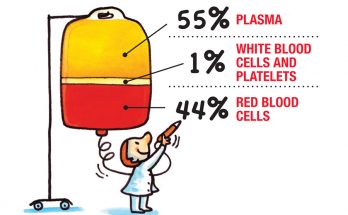
What are the Components of Blood Class 9
Components of Blood Explained with definition , types , structure and functions .
What are the Components of Blood Class 9 Read MoreCBSE Class Notes Online – Classnotes123
CBSE Class Notes, Worksheets, Question Answers, Diagrams , Definitions , Diffrence between , Maths Concepts, Science Facts Online – Classnotes123
CBSE Board , Science Complete Notes

Components of Blood Explained with definition , types , structure and functions .
What are the Components of Blood Class 9 Read More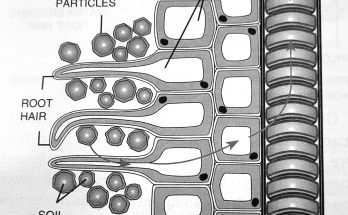
Root Pressure is a hydrostatic force generated in the roots that helps drive fluids and other ions up into the plant’s vascular tissue. It is created through osmotic pressure in the stem cells and occurs more frequently in the spring. Root Pressure contributes to water and mineral nutrient transport, helps maintain water balance, facilitates nutrient uptake and can help plants survive during drought. However, it is not sufficient for sap to rise in tall trees.
What is Root Pressure ? Read More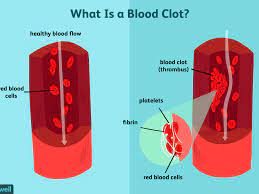
What Is Blood Clotting ? Blood Clotting , also known as Blood Coagulation is the process by which blood changes from a liquid to a gel, forming a blood clot.
Explain the Process of Blood Clotting Class 10 Read More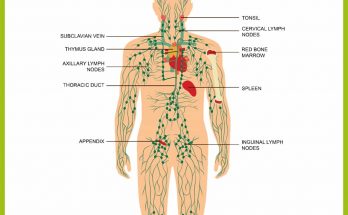
Lymphatic system is the second important Circulatory System that permeates the Entire Human Body and transports the liquid called lymph from body tissues to the blood vascular system.
Lymphatic System – Class 10 Read More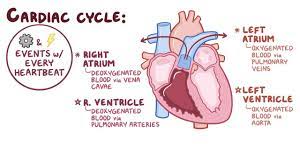
What is Cardiac Cycle? The cardiac cycle (Heart Beat) involves repeated Rhythmic Contraction and Relaxation of heart muscles. Contraction is called Systole and Relaxation is called Diastole.
Cardiac Cycle Class 10 Read More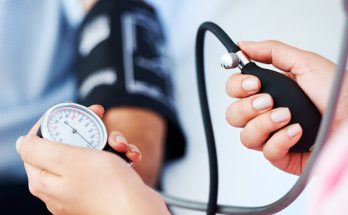
Blood Pressure explained with definition types . High and low blood pressure explained with factors and prevention .Systolic Pressure explained
Blood Pressure for Class 10th Read More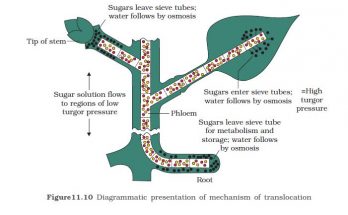
Translocation is the process by which plants transport nutrients from the site of absorption to the site of utilization. This process occurs mainly in the phloem tissue which is composed of sieve tubes, companion cells, phloem fibers and parenchyma cells. The steps of translocation include loading, transport, unloading and utilization of nutrients. Factors such as temperature, light and nutrient availability can affect the rate of translocation.
Translocation in Plants – Steps ,Phloem Structure , Importance and Factors Affecting Translocation Read More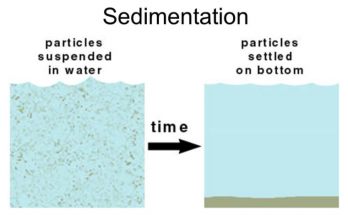
SEDIMENTATION – Definition The process of settling heavy solid suspended particles in a mixture at the bottom of the vessel is known as Sedimentation. The purpose of sedimentation is to …
SEDIMENTATION – Definition, Principle, Process and Examples Read More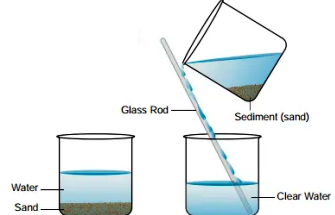
DECANTATION Definition Decantation is the process of pouring out a clear liquid from a vessel (after sedimentation) without disturbing the sediment (heavy insoluble settled particles). Process of DECANTATION There are …
DECANTATION – Definition, Process, Example, Limitation Read More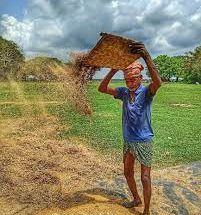
What is Winnowing? Winnowing is the process of separation of the heavier components from the lighter components of a mixture by wind or by blowing air. It is generally used …
WINNOWING- Definition, Process, Limitation Read More